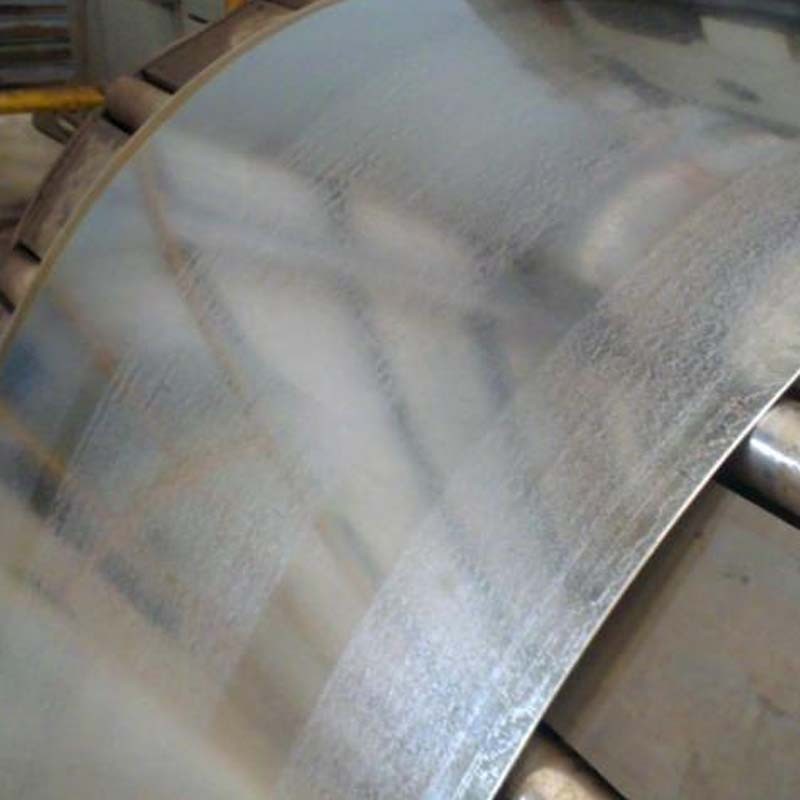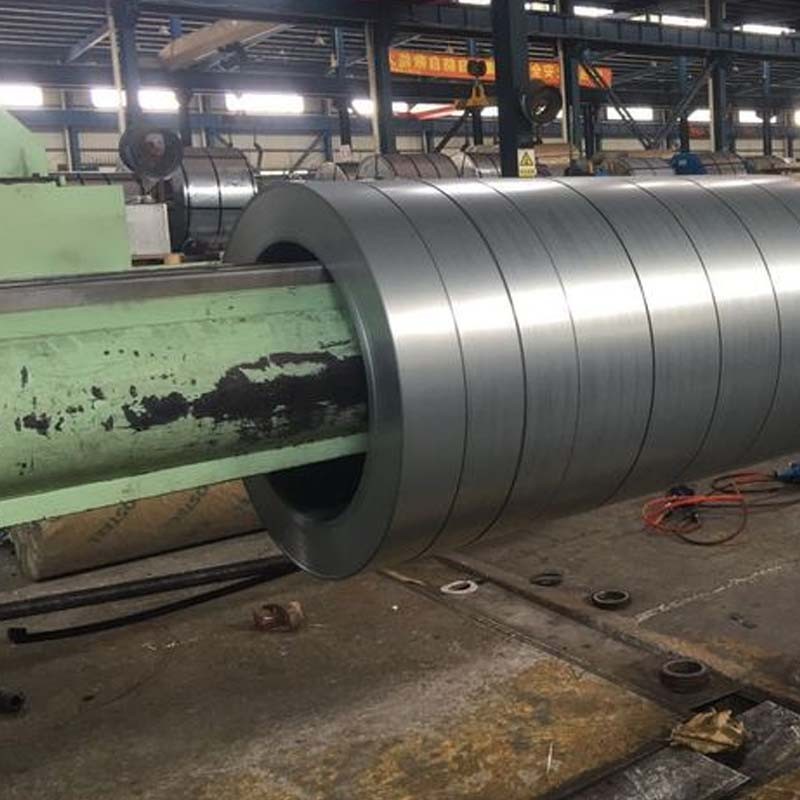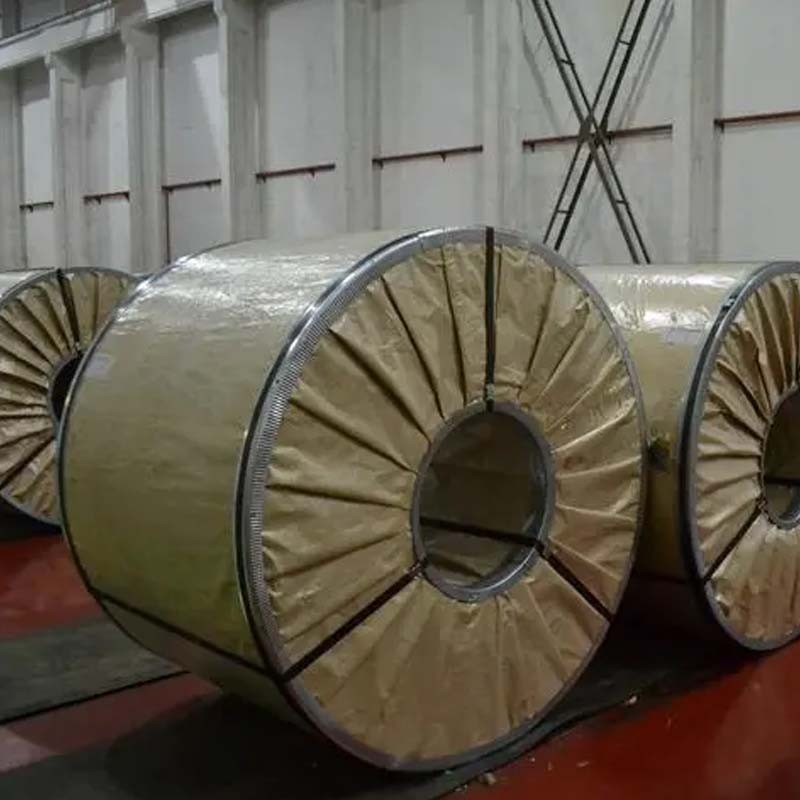
Hard Cold Rolled Coil, refers to the continuous rolling of hot rolled pickled coils at normal temperature,usually made of hot-rolled steel coils after cold-rolling process. Compared with normal cold rolled coils, cold rolled hard coils have higher hardness and surface quality.
Main Features:
The main feature is the use of greater pressure in the cold rolling process, as well as a greater number of cold rolling, resulting in a more uniform thickness of the coil and the formation of a hard oxide skin on the surface.
Cold Rolled Hard Coil is typically used in applications requiring high hardness and strength, such as automotive manufacturing, appliance manufacturing, electronic equipment, and metal containers. Its high surface quality and uniform thickness make Cold Rolled Hard Coil suitable for the production of products requiring high precision and quality.
Main Advantages :
1. It is suitable for extremely thin strips that cannot be produced by hot rolling (the thinnest can be less than 0.001mm).
2. The surface quality of cold-rolled products is superior, and there are no defects such as pits and Suppression of iron oxide scale and other defects. According to the requirements of users, coils with different surface roughness (smooth surface or hemp rough surface, etc.) can be produced to facilitate the processing of the next process.
3. The mechanical and technological properties of cold-rolled hard coil are very good (such as high strength, low yield limit, good weight deep drawing performance, etc.).
4. It can realize high-speed rolling and full continuous rolling with high productivity.
Main Applications
The galvanizing unit with pre-annealing processing device processes galvanizing;
After annealing, it is processed into ordinary cold rolling; there is basically no need to process the panel.
Others: supermarket shelves, pipe making, filing cabinets, lamps, daily hardware and other industries;
In the stationery manufacturing industry, a small part uses full rigid board, that is, cold rolled hard coil;
The umbrella industry generally uses hard rolls with a specification of 0.2-0.5mm to make umbrella ribs.








|

|

|

|

|
| Timely Info | Independent | Platform | Multiple guarantees | Self-operated storage |
| About us | Channel | Useful tools |
|---|---|---|
| About China Steel Market | Prices | Steel Weight Calculation |
| Contact Us | Answers | Why Choose Us |
| Terms & Conditions | Inventory | |
| Privacy Policy | Help |
Hot search words: